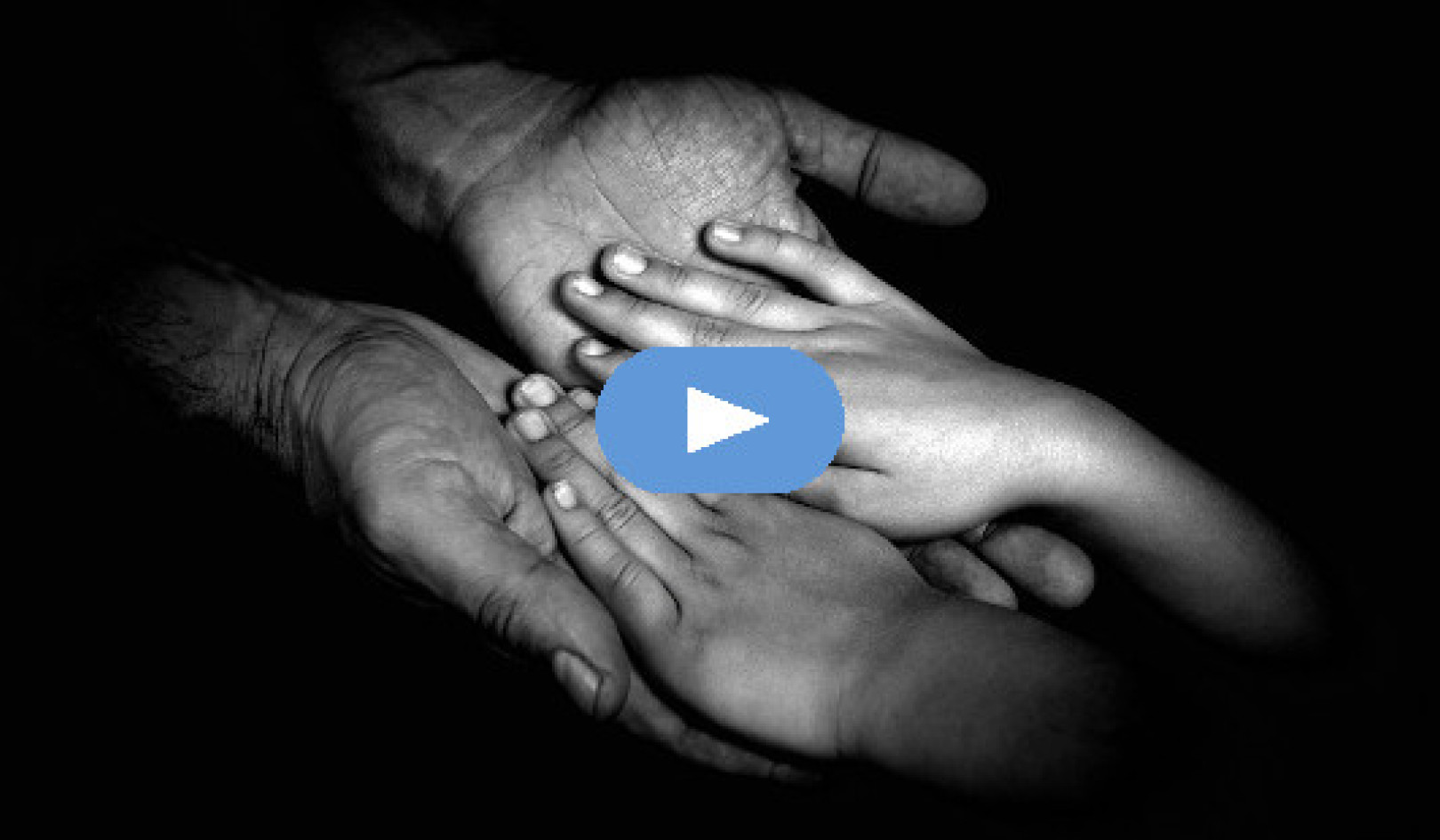
People with BDD may frequently check their flaws in mirrors throughout the day. paul rushton/ Shutterstock
Actress Megan Fox recently shared in an interview with Sports Illustrated that she has body dysmorphia. In the video interview, Fox said: “I don’t ever see myself the way other people see me. There’s never a point in my life where I loved my body.”
Fox isn’t alone in her struggle. Many other celebrities have spoken about having the condition, including singer Billie Eilish and actor Robert Pattinson. It’s also estimated that about about 2% of the population have the condition.
Although the last few years have seen more discussion about body dysmorphia, many people conflate the condition with body image anxieties. Even the term “body dysmorphia” is outdated, with psychiatrists preferring the term “body dysmorphic disorder” or BDD.
BDD is a severe mental health condition that causes extreme distress and interferes with a person’s ability to function daily. It also has one of the highest suicide rates of all mental health conditions, which is why it’s so important to raise awareness about what the condition is.
What is body dysmorphic disorder?
BDD is defined as a preoccupation or obsession with some aspect of that person’s body or appearance that they feel is severely flawed – when in fact no such flaw is noticeable to others.
Many people are dissatisfied with some aspect of their appearance, but people with BDD are consumed for several hours a day by intrusive thoughts and feelings about their perceived flaws.
These perceived flaws cause extreme emotional distress and significant problems in daily life. People with BDD are excessively self-consciousness, often believing other people are noticing, judging or talking about their perceived flaw. This may cause them to avoid intimate relationships and social situations – including work and school. Some may avoid leaving home altogether.
People with BDD may also experience extreme feelings of disgust, anxiety and low self-esteem, as well as suicidal thoughts because their perceived flaws are so upsetting. Excessive repetitive behaviour – such as staring in a mirror, excessive grooming, skin picking or seeking reassurance from others – are also common in people with BDD.
While the skin, nose, teeth and eyes are among the most common fixations for people with BDD, preoccupations with body weight or muscle size can also be concerns. It’s also common for people with BDD to be preoccupied with multiple parts of their body.
The disorder tends to begin in adolescence, but the causes of the condition are not fully understood. Childhood trauma, appearance-related bullying, genetics and chemical imbalances in the brain have all been suggested as potential causes.
While BDD is about as common in men as it is in women, men may be more likely to develop muscle dysmorphia – the belief that their body is too small or not muscular enough. Men are also more likely to be preoccupied with their genitals than women.
Although BDD affects about 2% of people, it’s likely that the true prevalence is higher in reality. This is because people with BDD are often afraid to share their symptoms with health professionals out of shame or fear they won’t be understood.
Getting help
Many of us feel insecure about some aspects of our appearance. But for most of us this doesn’t cause extreme distress or get in the way of daily life. You may want to consider speaking to someone about BDD if you feel you:
- spend at least one hour a day thinking about perceived appearance flaws
- find your preoccupations with perceived flaws interferes with your day-to-day function
- experience significant emotional distress as a result of these preoccupations.
It’s important to know that help is available. If you aren’t sure where to start, the best first step is to speak with your GP or a mental health practitioner. They will ask you questions about your symptoms, how it’s affecting your life and whether you’ve had thoughts about harming yourself. There are also online mental health tools if you feel nervous about speaking to someone in person.
Depending on the severity of your symptoms, you may be offered cognitive behavioural therapy (CBT), which involves working with therapists to help modify intrusive thoughts about appearance and to eliminate problematic behaviour, such as checking in the mirror.
For more severe symptoms, you may be offered medication such as fluoxetine, which will help reduce cognitive distortions and depression and anxiety – making it easier to function in your daily life. Both CBT and medication are effective for managing and reducing symptoms of BDD.
While many people with BDD undergo cosmetic surgery procedures to “fix” perceived flaws, this is rarely successful in managing the condition. Even if a person feels better about that body part afterwards, they may still develop preoccupations with other body parts.
Having BDD does not mean you’re vain or self-obsessed, and it’s not something you should feel ashamed about. Body dysmorphic disorder is unlikely to go away without treatment, which is why it’s important to get help if you’re struggling.
If you’re experiencing symptoms of body dysmorphic disorder or know someone who is, more information about the symptoms and treatments is available via the National Health Service and Body Dysmorphic Disorder Foundation.![]()
About The Author
Viren Swami, Professor of Social Psychology, Anglia Ruskin University
This article is republished from The Conversation under a Creative Commons license. Read the original article.
Related Books:
The Body Keeps the Score: Brain Mind and Body in the Healing of Trauma
by Bessel van der Kolk
This book explores the connections between trauma and physical and mental health, offering insights and strategies for healing and recovery.
Click for more info or to order
Breath: The New Science of a Lost Art
by James Nestor
This book explores the science and practice of breathing, offering insights and techniques for improving physical and mental health.
Click for more info or to order
The Plant Paradox: The Hidden Dangers in "Healthy" Foods That Cause Disease and Weight Gain
by Steven R. Gundry
This book explores the links between diet, health, and disease, offering insights and strategies for improving overall health and wellness.
Click for more info or to order
The Immunity Code: The New Paradigm for Real Health and Radical Anti-Aging
by Joel Greene
This book offers a new perspective on health and immunity, drawing on principles of epigenetics and offering insights and strategies for optimizing health and aging.
Click for more info or to order
The Complete Guide to Fasting: Heal Your Body Through Intermittent, Alternate-Day, and Extended Fasting
by Dr. Jason Fung and Jimmy Moore
This book explores the science and practice of fasting offering insights and strategies for improving overall health and wellness.

























